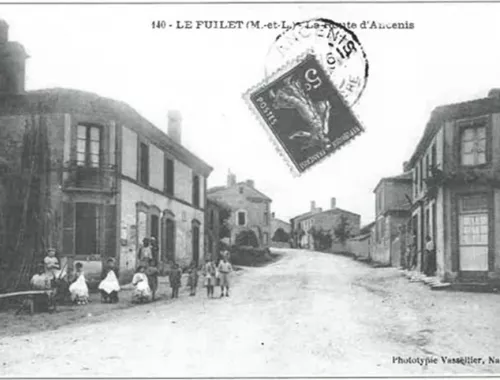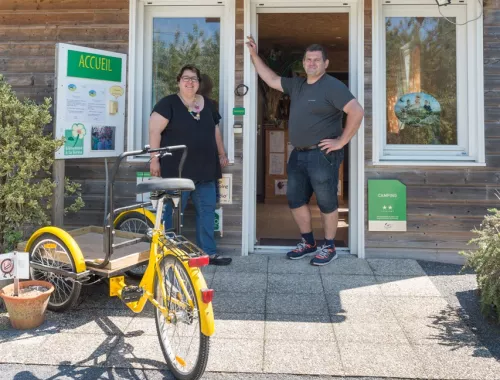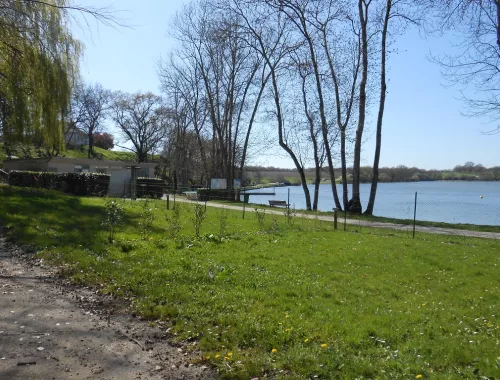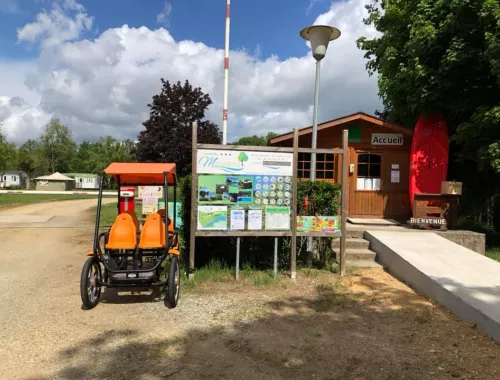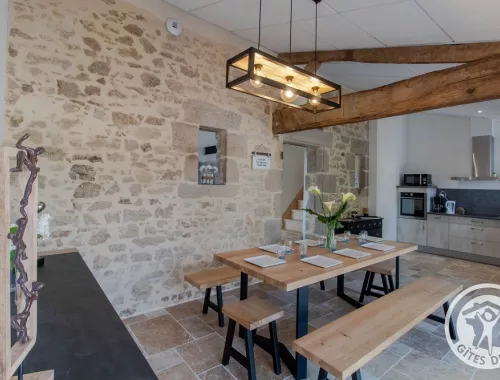Craftsmen of this era lived to provide services to the community on which they depended. Discover the story of Jean Baptiste Fontaine, an emblematic watchmaker from Le Fuilet.
Arriving in Le Fuilet with his cart pulled by 2 horses, he came from his native Nièvre to visit the watchmakers of the greater region. During his tour, he stopped off some evenings at the Hôtel Maugeais, the only one nearby that allowed him to graze his 2 horses.
During his stops in Le Fuilet, he became fascinated by the village and appreciated the joie de vivre of its inhabitants. The doorstep of Mr Oger, a watchmaker in the main square, was up for sale. The deal is done.
The watchmaker must have several strings to his bow. In addition to his passion for maintaining his customers' watches and clocks, he must master the art of jewellery making: soldering, setting and engraving. They must also have a knowledge of gemology. They sell rings and wedding bands for engagements and weddings, medals and bracelets for christenings, and missals, rosaries and crucifixes for communions.
The mobility of the villagers meant that they could not easily travel to the towns to choose spectacles. The watchmaker was going to do them a favour and offer them some binoculars.
The watchmaker provided another service: he was a photographer. He was asked to capture all the participants in the wedding with his silver camera with glass plates, which he kept on his bicycle. And he's asked for a little extra: he has to liven up the wedding with his songs and good words. Jean-Baptiste (and his children) know how to do all that. And in the evening, he brings back to his family the cakes that have been generously donated to him.
Church clocks are not electrified. The clockmaker has to climb the bell tower regularly to wind the movement and maintain the mechanism. From up there, he can enjoy the ever-changing view of the surrounding countryside.

